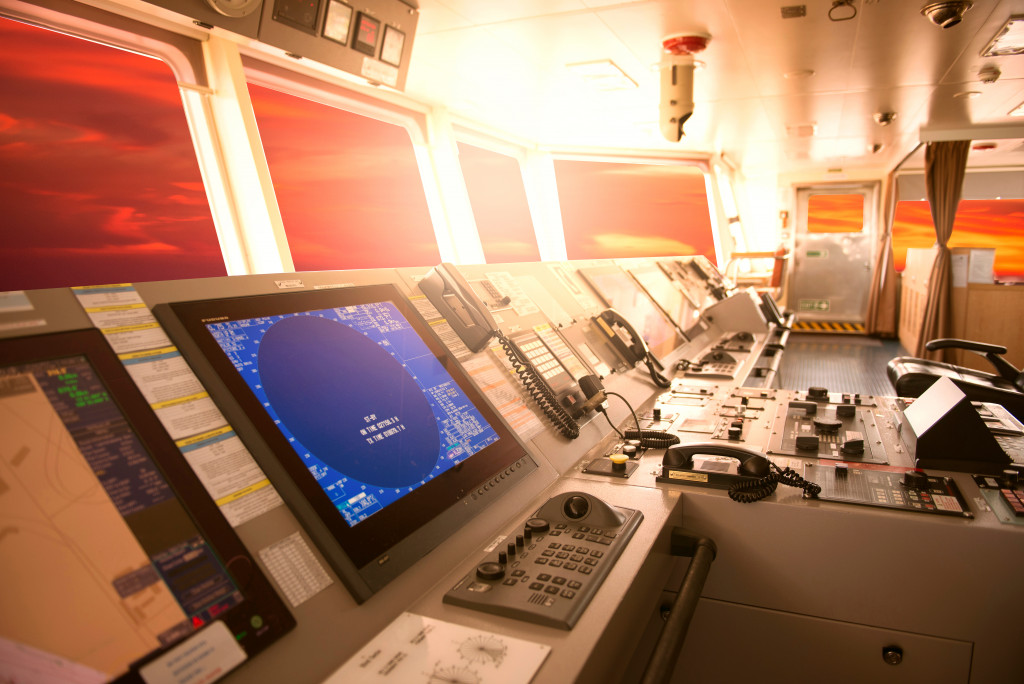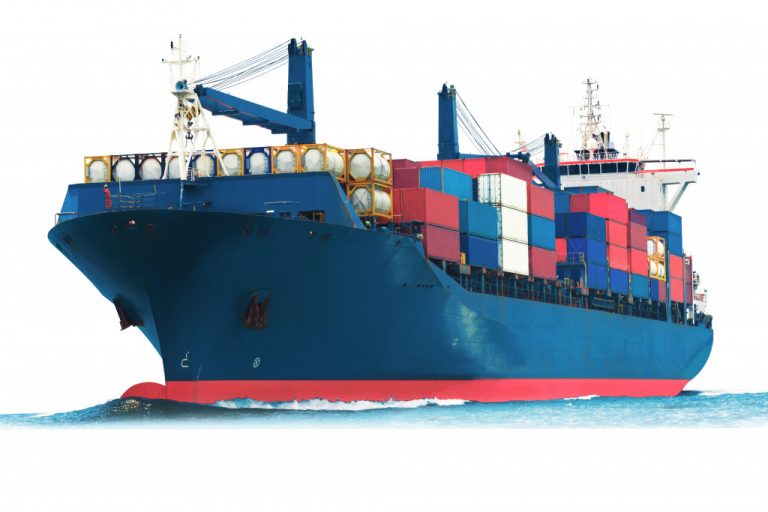The use of technology is becoming increasingly crucial in coastal transportation. This is particularly true in the case of large ships and vessels. Modern technology can help improve the efficiency of shipping operations and reduce the impact of shipping on the environment.
There are several types of technology that are used in coastal transportation. Here are some of them.
Sensor Technology
Sensor technology has made equipment checks efficient since manual checking is not needed. The crew can monitor the machines, regular maintenance required, and their complete operability on ships via sensors connected wirelessly to the machinery. This technology helps keep track of equipment in difficult-to-reach places or locations that are dangerous for people to access.
And when artificial intelligence and machine learning are integrated into the sensors, they can be used to remotely monitor data and send out alerts if any of the ship’s parts need maintenance. This would save time and cost related to unexpected downtime due to equipment failure.
Thus, it can be said that sensor technology has made a great impact on coastal transportation, making it more efficient and reliable.
Efficient Propulsion Systems
With climate change causing extreme weather events, efficient propulsion systems are becoming necessary. This technology can help people and goods go where they need to, even in difficult conditions.
Climate change has hit coastal transportation particularly hard, with stronger storms and rising sea levels making it more difficult to move people and goods around. But new technology is helping to make coastal transportation more resilient in facing these challenges.
The large fuel consumption of ships results in greenhouse gases. New technology has led to the substitution of common fuels with alternative fuels, thus reducing the emission of these pollutants.
One promising technology is using sails to supplement or replace engine power. This reduces fuel consumption and emissions of greenhouse gases and other pollutants.
The use of wind power is not new, but the sails used today are much more sophisticated than those of the past. They can be automatically adjusted to take advantage of changing wind conditions, and some even have their own propulsion systems that allow them to move the ship even when there is no wind.
The hulls of ships are also being designed to be more efficient, with new materials and shapes that reduce drag and increase propulsion. These modifications can have a significant impact on fuel consumption and emissions.
With climate change becoming an ever-greater concern, it is important to find ways to reduce the environmental impact of coastal transportation. Using technology is one way to do this, and innovations will likely be developed in the future.

Automated Technology
Technology can make the process of ship building more efficient with the use of robotics. Automated technology plugged the labor force gaps and allowed shipyards to become more efficient. It also lets workers avoid performing dangerous tasks in the process.
These technologies make it possible for a single operator to control multiple machines simultaneously. This increases productivity while reducing the amount of labor needed.
The industry is also expected to use robots for loading and unloading cargo. These robots will be able to work tirelessly without taking any breaks and can lift heavy weights. They will also be able to navigate around the ship and locate the cargo that needs to be loaded or unloaded.
Autonomous ships are another area where technology is expected to have a major impact. These ships will be equipped with sensors and artificial intelligence that will allow them to navigate without needing a human crew. This will reduce the costs of operating a ship and the risk of accidents.
Dual-Fuel Engines
The shipping industry is seeing an increasing number of ships using dual-fuel engines. These engines use regular fuel and liquefied natural gas to propel the ship along the water. This technology is becoming popular with shipowners because it is more efficient than using only one type of fuel.
There are several benefits to using dual-fuel engines in ships. The most important benefit is the reduction in fuel consumption. These engines are also more environmentally friendly than those that run only on oil. Changing from one fuel to another does not interrupt the engine’s power output, making it ideal for use in coastal transportation.
The use of new technology is helping to make coastal transportation more efficient and resilient in the face of climate change. Technologies like sails, wind power, and automated robotics are making it possible to reduce emissions and environmental impact. In the future, we can expect even more innovative technologies to be developed to help us overcome the challenges posed by climate change.




